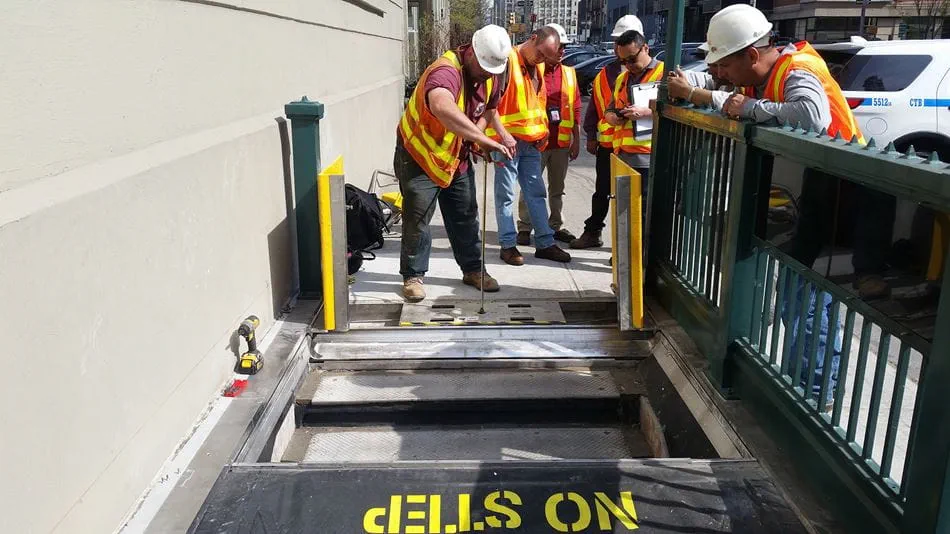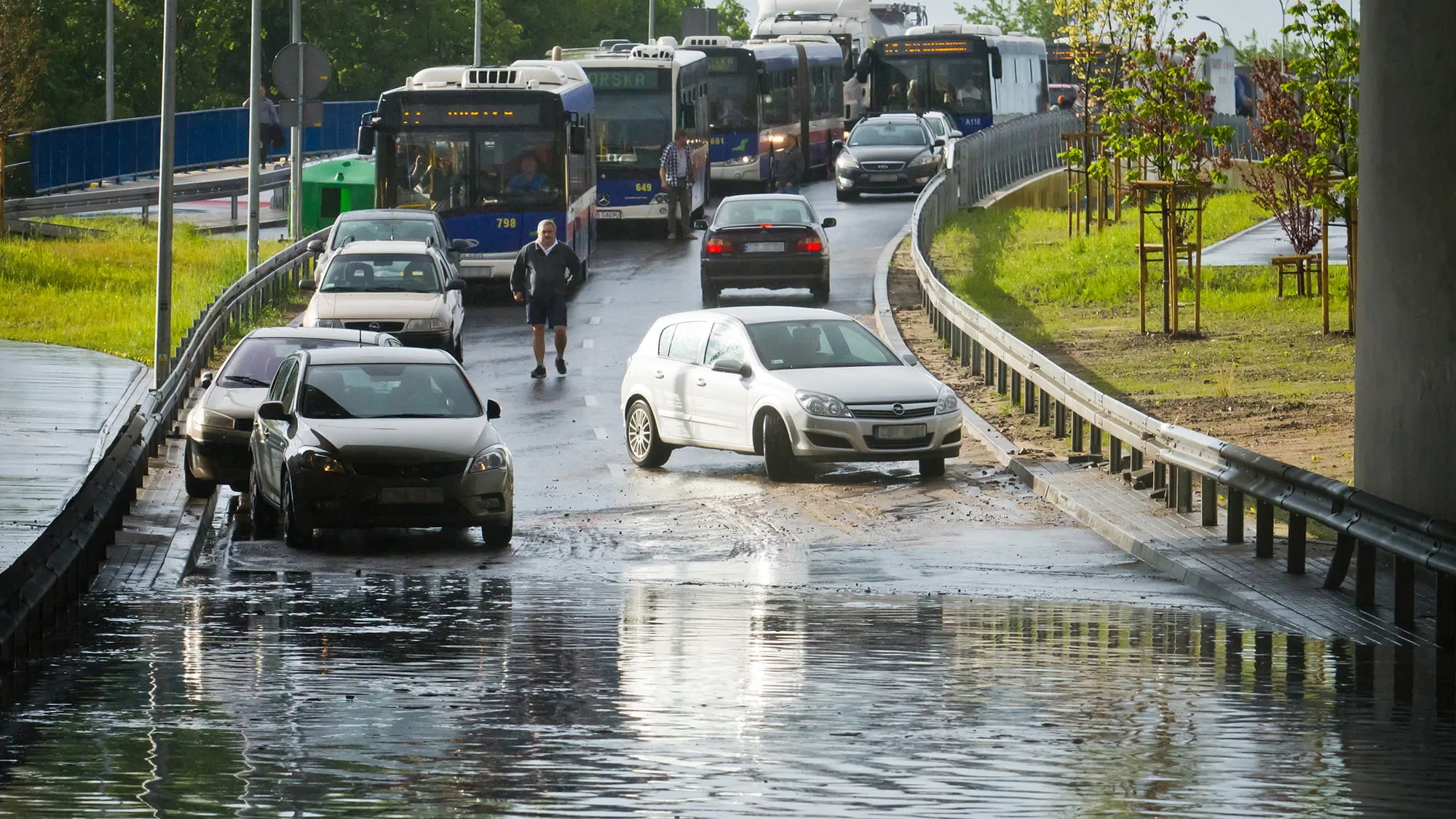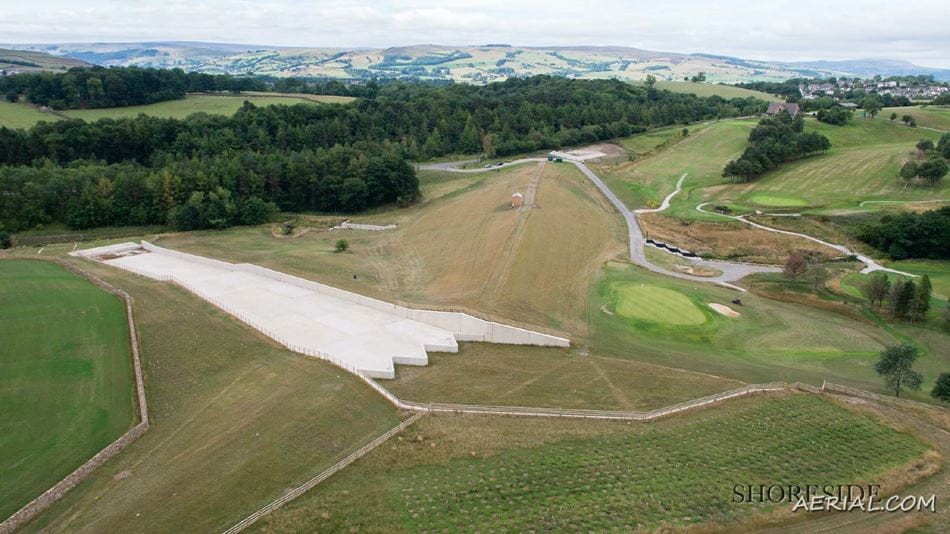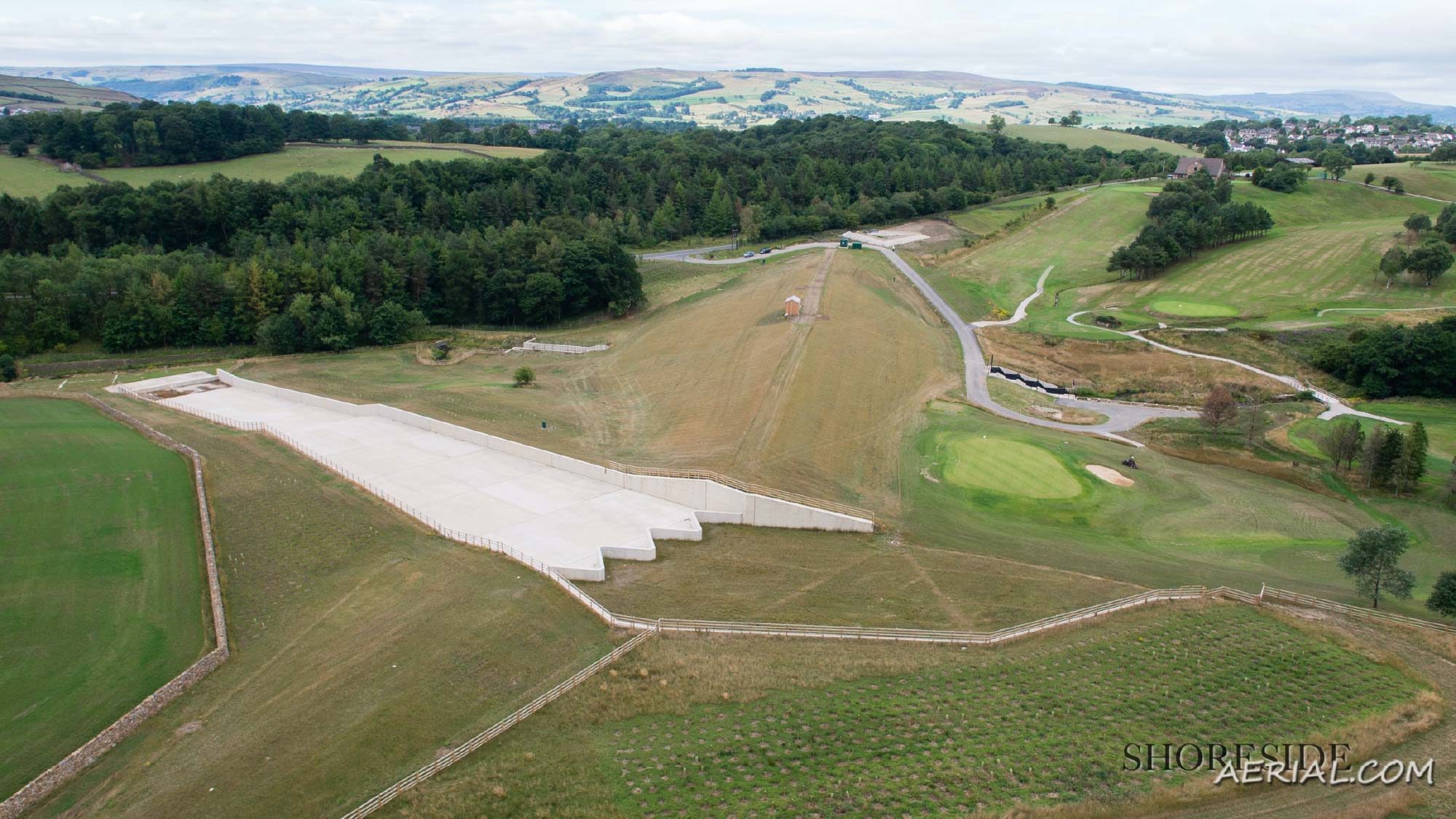Summer 2021 has seen an unprecedented level of flooding across the world. In July, in Germany and Belgium, over 200 people died and hundreds were injured as supercharged rainstorms deluged towns with record-breaking rainfall. Across Europe, thousands of homes destroyed and their occupants and communities traumatised. A brief scan of the FloodList website indicates that this intense summer flooding has been happening everywhere, from the USA to Italy, from China to India and Bangladesh – another difficult ‘new normal’ to which we must respond.
In this era of climate change, flooding poses increasingly tough questions about the way we live, how we design our cities and the built environment we depend on. We have seen how fragile civilisation is, and that in poor and wealthy countries alike, there are many unforeseen vulnerabilities to flooding’s growing power and regularity. As the recent experience in northern Europe demonstrates, even with well-funded and competent weather forecasting services like the European Flood Awareness System, without well-planned adaptations in place, the impacts will be devastating.
There are no easy answers to the growing issue of flooding, but here are four ideas that should shape our future thinking and decision making about this issue.
1. Consider and model future impacts now
The effects of rising average temperatures on increasing moisture in the air are well understood. In terms of climate change, the probable scenarios are all too clear. The emerging realities of extreme storms, rainfall, rising sea levels and temperatures align with the International Governmental Panel on Climate Change modelling. Even with successful interventions to arrest CO2 emissions, the momentum in our global weather systems will take decades to reach a new equilibrium and the need to implement workable mitigations will continue.
In local and regional terms, we urgently need to define the scale of threat so that we can use these models to identify and establish local risks and vulnerabilities. This baseline understanding exists in some places but not others. We have produced digital mapping of Bahrain to illustrate the implications of future potential sea level rises by 2050 and 2100, with their likely impact on the country’s built environment and infrastructure. Digital tools are proving invaluable in this national-scale analysis effort.
2. You can’t meet the forces of nature head-on
With a multifaceted natural threat like flooding, the best strategy is to find an accommodation with nature, not attempt to erect higher and higher barriers, or rely on more and more physical infrastructure. When the origins of flooding are from heavy rainfall this means slowing the flow of water overland, providing transient storage in the landscape and making room for floodplains to work properly; flooding caused by seas and wave overtopping can be managed by waterfronts designed to absorb excess energy.
In broader terms, every land-use planning decision should also ‘make room for water’. We also recognise the need to place new development at higher levels, further from rivers, expecting that sea and river levels will continue to rise. Research shows that health benefits of people being close to open space and water are immense, both for physical and emotional wellbeing. So an additional challenge is to find harmonious ways to maintain this connection, without putting buildings and lives at risk.
3. Effective interventions take account of the entire water system
As anyone in the water industry will tell you, it’s always better to try to slow down and manage flooding closer to the hills and catchment areas where it first lands. This is part of a whole water cycle approach that recognises the water must continue to move through the landscape, both natural and built. Improved resilience to droughts and water stress go hand in hand with reducing the harmful impacts of flooding It means not relying on concrete and steel flood protection barriers to return to the water to the ocean only to dry out vital farmland, for example. It means not cutting down too many trees and damaging nature for other short-term productive goals. This approach clearly also has implications for some of the intensive farming practices we currently use.
A flood alleviation scheme we designed for Skipton in the Yorkshire Dales, embodied this ethos. The town faced a regular flood risk but in such a stunning historic and natural public realm it was important that any solution didn’t harm these features. We have proposed the use of out of town dams to keep the flood water closer to where the rain falls, effectively storing it within the landscape. This flood storage system will be able to keep 130 million gallons of water away from the town, before allowing its slow release back into local rivers once the flood risk has receded.
4. Identify the vulnerabilities (and tailor your response)
Flooding is a single problem with endless manifestations. Solution involve thinking broadly and flexibly and so often need to bespoke details for any particular place. In the wake of the flooding caused by Hurricane Sandy, Arup was commissioned to help New York’s subway system adapt and avoid future flooding. Our solution included retrofitting with barriers around hundreds of access and ventilation points that were clearly vulnerable to water from a flooded Hudson river. Adaptations included cosmetic landscaping to avoid producing a transport system visibly defined by defences.

In small towns and major cities the world over, there will be thousands of underpasses and tunnels and gullies that are part of the urban fabric, where individual tailored, interventions will be required. The work of identifying these flooding vulnerabilities cannot start soon enough.
Of course, with a global problem, we can share lessons internationally. The government in Singapore now demands every point of ingress in the city’s metro system must be at least 1 metre higher than the ground, to avoid flooding of the transport network – drawing a clear lesson from New York’s experience. Our current work masterplanning drainage in Shanghai takes a ‘design with water’ approach that combines nature-based interventions with traditional ‘grey’ infrastructure.
Rather suddenly, flooding reveals which investments and adaptations a town or city has not yet made, and how well its flood protection has been developed and maintained. As we progress, it’s clear every country will need inspection regimes to test, maintain and ensure the effectiveness of flood defence assets to this developing threat.
Investing in the future
There are no easy answers to flood risk but it’s clear that we should know what to anticipate as the twenty-first century unfolds. Like the challenge of extreme heat on urban environments, we need to accelerate the process of adaptation, with a clear sense of the risks ahead if we don’t do enough.
Find out more about our flood risk management expertise
 ;
;





